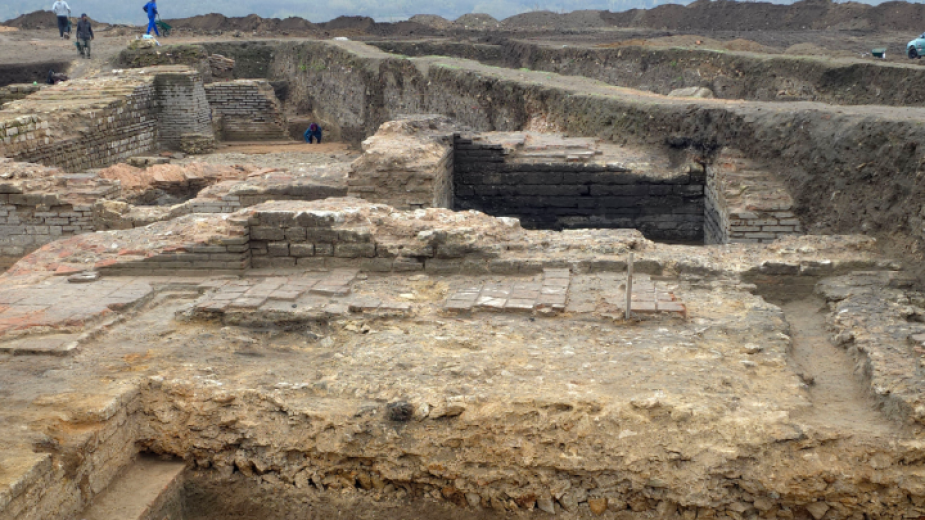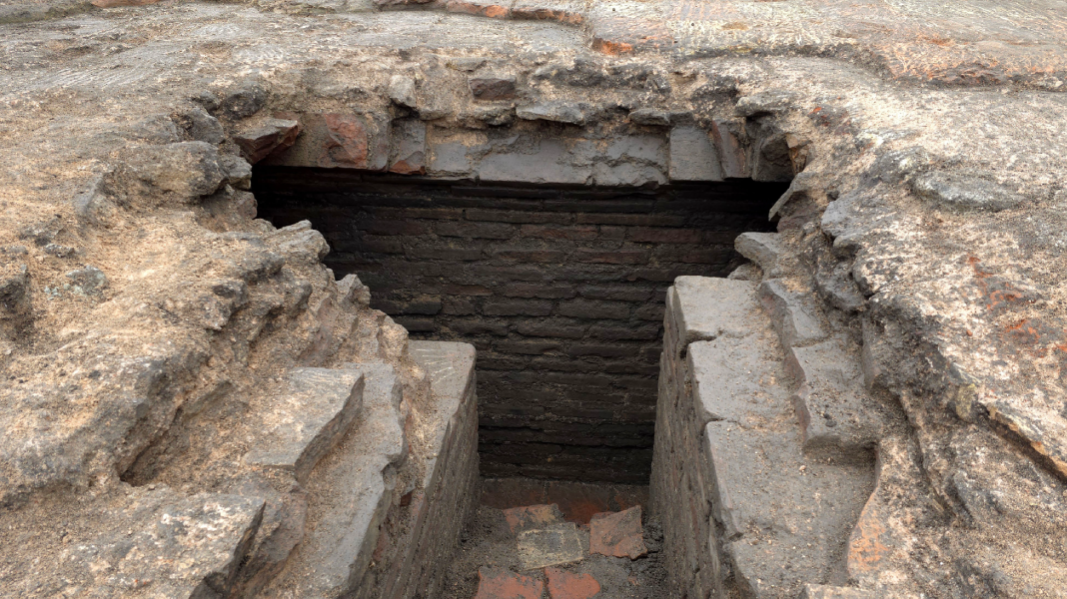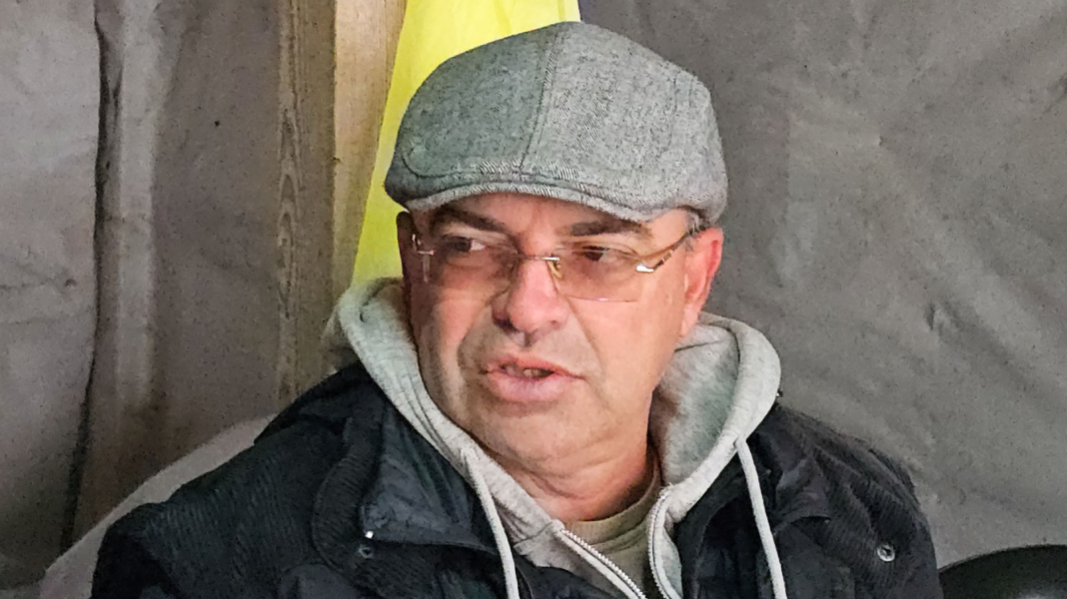 4
4
Just days ago, archaeologists uncovered part of the complex underground infrastructure that once served the Roman baths of Ratiaria - one of the most important ancient cities in Bulgaria’s northwest.

Founded in the 1st century in the area of today’s village of Archar and destroyed by the Avars in 586 AD, the city now reveals what experts describe as an “archaeological window” into the engineering mastery and daily life of the ancient Romans on our lands.
 Researchers have discovered the inspection shaft of the channel that serviced the baths by draining rainwater from the large roof of the facility into the street canals around it. According to Associate Professor Dr. Zdravko Dimitrov of the National Archaeological Institute with Museum at the Bulgarian Academy of Sciences - quoted by BTA - 250 meters of this underground system have been explored. The channel is built entirely of bricks with a semi-cylindrical vault and a brick floor.
Researchers have discovered the inspection shaft of the channel that serviced the baths by draining rainwater from the large roof of the facility into the street canals around it. According to Associate Professor Dr. Zdravko Dimitrov of the National Archaeological Institute with Museum at the Bulgarian Academy of Sciences - quoted by BTA - 250 meters of this underground system have been explored. The channel is built entirely of bricks with a semi-cylindrical vault and a brick floor.
Another major success is the uncovering of the main pools of the bath complex. The largest pool is the best preserved - constructed of bricks with a mortar floor - while the southern pools for warm and hot water are heavily damaged. Fragments of their multicolored marble decorations have been found. Among the discoveries are cosmetic tools, fibulae, bone artifacts, and coins.

Read also:
Edited by Veneta Nikolova
English publication: R. Petkova
In June 1878, after the 10 th Russo-Turkish war in a row, at the Berlin congress, the lands in the Balkans inhabited by Bulgarians were divided up into five. Northern Dobrudja was handed over to Romania. Serbia got the Sanjak of Niš. The lands..
The New Church Year begins on September 1. The month of September is the seventh month of the year according to the Jewish calendar. It is associated with a number of biblical events, which is why it was designated as the beginning of the Church New..
High in the canyon of the Rusenski Lom River lies one of the most impressive spiritual centers of Bulgaria. It is a complex of dozens of rock-hewn cells, chapels and churches carved on both sides of the river , which came to life in the 13th century..
In the world of the Thracians, who had no written language, the most important messages were conveyed through art. The Letnitsa Treasure is precisely..

+359 2 9336 661
